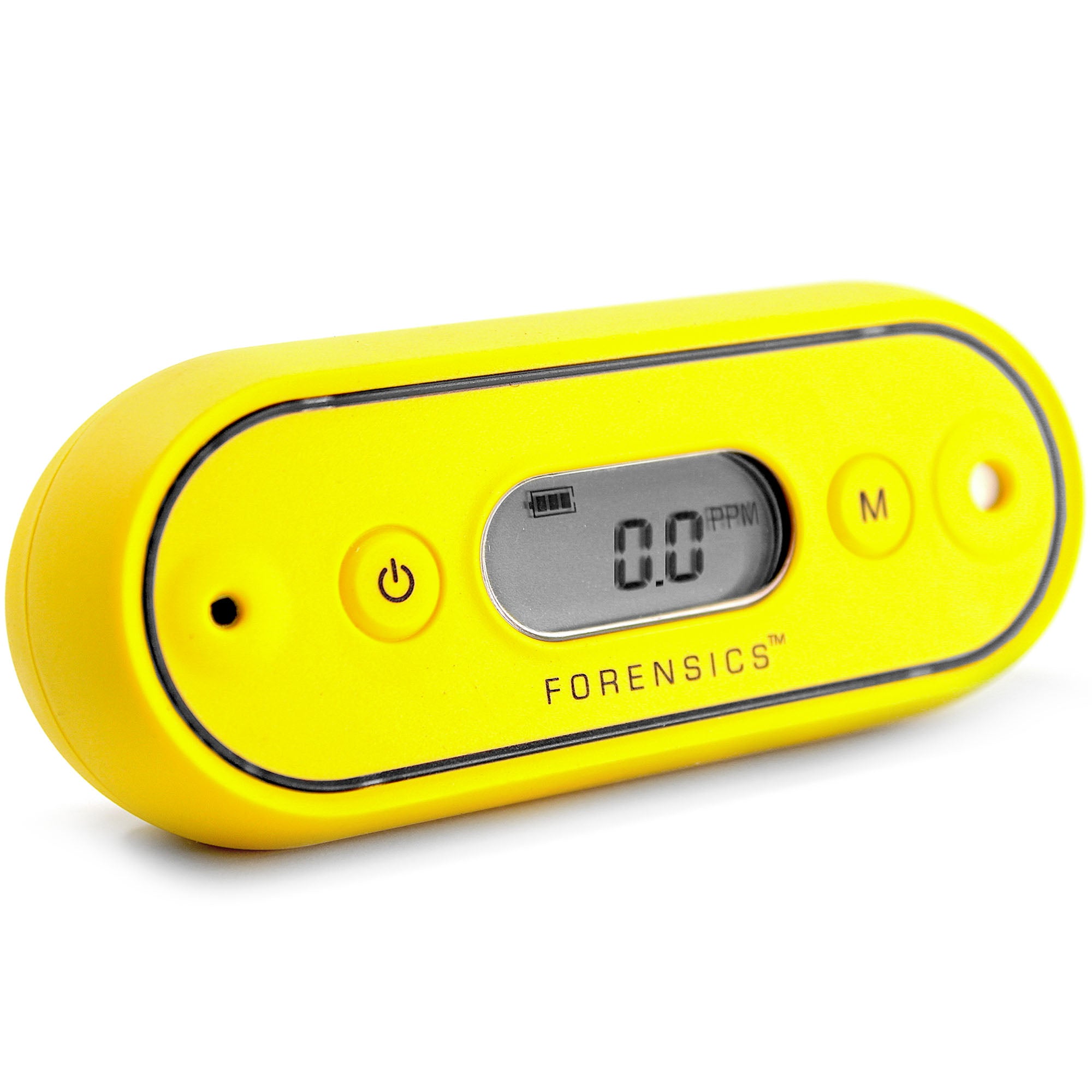You are using an out of date browser. It may not display this or other websites correctly.
You should upgrade or use an alternative browser.
You should upgrade or use an alternative browser.
Quality Carbon Monoxide Detectors for Scuba Cylinders
- Thread starter wlecyt40
- Start date
Please register or login
Welcome to ScubaBoard, the world's largest scuba diving community. Registration is not required to read the forums, but we encourage you to join. Joining has its benefits and enables you to participate in the discussions.
Benefits of registering include
- Ability to post and comment on topics and discussions.
- A Free photo gallery to share your dive photos with the world.
- You can make this box go away
Another choice:

 nuvair.com
nuvair.com

DE-OX SAFE Carbon Monoxide Analyzer
Analyze scuba tanks for carbon dioxide (CO) contamination with DE-OX SAFE. Specially designed for analyzing breathable gas mixtures like nitrox, heliox and trimix, the handheld DE-OX SAFE can also be connected to a gas compressor for continuous in-line analysis. Two custom audible and visual...
SATurner
Contributor
I have been using a Forensics Detectors O2 meter. It gets the same reading as others on the boat.
I have been eyeing their CO detector capable of < 1ppm readings.
The videos on the site are a bit "sham wow" ish, but I conversed via email getting quick responses to all of my queries. Also mentioned they were working with DAN on a CO meter.

 www.forensicsdetectors.com
www.forensicsdetectors.com
I have been eyeing their CO detector capable of < 1ppm readings.
The videos on the site are a bit "sham wow" ish, but I conversed via email getting quick responses to all of my queries. Also mentioned they were working with DAN on a CO meter.

Carbon Monoxide Super-Meter | 0.1 ppm | Scuba | USA NIST Calibration
Low level carbon monoxide meter which is the most sensitive detector on the market providing 0.1ppm of carbon monoxide gas resolution. low level CO detector, low level carbon monoxide detector, low level CO alarm, low level co monitor, carbon monoxide meter.
 www.forensicsdetectors.com
www.forensicsdetectors.com
Underwater Tourist
Contributor
I have been using a Forensics Detectors O2 meter. It gets the same reading as others on the boat.
I have been eyeing their CO detector capable of < 1ppm readings.
The videos on the site are a bit "sham wow" ish, but I conversed via email getting quick responses to all of my queries. Also mentioned they were working with DAN on a CO meter.

Carbon Monoxide Super-Meter | 0.1 ppm | Scuba | USA NIST Calibration
Low level carbon monoxide meter which is the most sensitive detector on the market providing 0.1ppm of carbon monoxide gas resolution. low level CO detector, low level carbon monoxide detector, low level CO alarm, low level co monitor, carbon monoxide meter.www.forensicsdetectors.com
Do you fill a bag with gas from the tank and put analyzer in or do you blow directly at the analyzer from the tank?
rmssetc
Contributor
Or this option: Semi-DIY O2 and CO analyzer
Following a recommendation by @DandyDon, I bought a Sensorcon CO detector, which luckily came with a yoke adapter to attach to the tank valve, and a plastic hose that connects to the yoke adapter at one end, and the Sensorcon unit at the other end. Unfortunately, Sensorcon apparently does not make the yoke adapter any more, but I am pretty sure you could make one. I put the Sensorcon in a Ziplock bag, insert the hose from the yoke adapter, and gently crack the valve to inflate. As @DandyDon recommended in a CO detector post a long time ago, I hold the bag securely to insure I don't blow it overboard if I am too aggressive with valve cracking. If I forget to bring the yoke adapter, I put the bag with Sensorcon inside directly over the tank valve and seal as best as I can to get the reading. So far, the highest CO reading registered on my own tanks has been 0 ppm, and 2 ppm on rental tanks, but when I tested a dive buddy's one day before a dive, it registered 28ppm. Retested three times to negate operator error. We scrubbed the dive, and he had to get his tank cleaned and refilled. CO detectors are not cheap, but I only have one life to live, so I pay the money, and enjoy the air or Nitrox in the tank.
Maybe - but what is your life worth as this $400 device could save it!$400+ is steep though.
SATurner
Contributor
I believe you would blow it at the analyzer. There is a "calibration" fitting that clamps over the end then connects to a test cylinder. I would likely modify that to fit on my inflator hose and analyze that way.Do you fill a bag with gas from the tank and put analyzer in or do you blow directly at the analyzer from the tank?
I did similar with the O2 sensor and to me it reduces the "extra" air flowing past the sensor vs other methods.
arkstorm
Contributor
...Because he didn't have to pay $400 extra for it, the car just came with it.In your profile picture, you are wearing a seat belt. But you probably have never been in a head-on severe vehicle collision. So why do you wear the belt ?
PS. I test every tank for CO or I don't dive it.
arkstorm
Contributor
Similar threads
- Replies
- 0
- Views
- 143
- Replies
- 0
- Views
- 681
- Replies
- 9
- Views
- 2,063
- Replies
- 4
- Views
- 391



